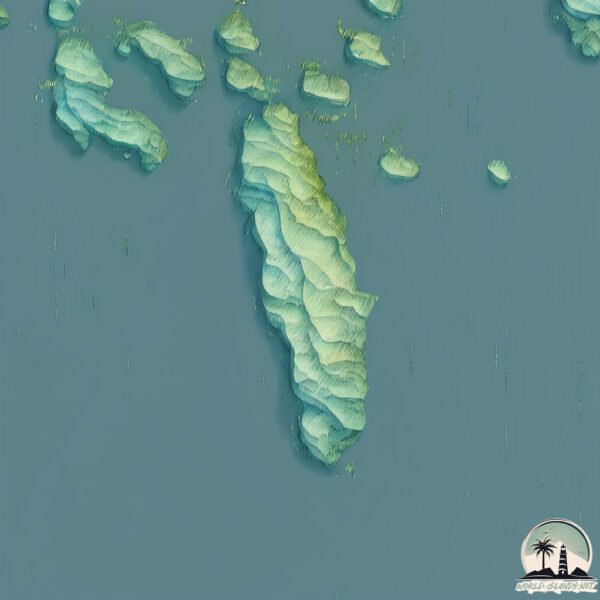Oja

Welcome to Oja, a Continental island in the Baltic Sea, part of the majestic Atlantic Ocean. This guide offers a comprehensive overview of what makes Oja unique – from its geography and climate to its population, infrastructure, and beyond. Dive into the details:
- Geography and Size: Explore the island’s size and location.
- Climate and Weather: Weather patterns and temperature.
- Topography and Nature: Uncover the natural wonders of the island.
- Infrastructure and Travelling: Insights on reaching, staying, and making the most of your visit.
- News and Headlines: Latest News.
Geography and size of Oja
Size: 1.842 km²
Coastline: 9.8 km
Ocean: Atlantic Ocean
Sea: Baltic Sea
Continent: Europe
Oja is a Small Island spanning 1.8 km² with a coastline of 9.8 km.
Archipel: –
Tectonic Plate: Eurasia – One of the world’s largest tectonic plates, the Eurasian Plate covers a significant portion of Europe and Asia. It’s characterized by diverse geological features, including the Ural Mountains, the European Plain, and the Himalayas formed from its collision with the Indian Plate.
The geographic heart of the island is pinpointed at these coordinates:
Latitude: 58.75596717 / Longitude: 17.86360166
Climate and weather of Oja
Climate Zone: Continental
Climate Details: Warm-Summer Humid Continental Climate
Temperature: Warm Summer
Climate Characteristics: Features warm summers and cold winters with consistent precipitation, common in higher latitudes.
Topography and nature of Oja
Timezone: UTC+01:00
Timezone places: Europe/Paris
Max. Elevation: 10 m
Mean Elevation: 5 m
Vegetation: Deciduous Broadleaf Forest
Tree Coverage: 34%
The mean elevation is 5 m. The highest elevation on the island reaches approximately 10 meters above sea level. The island is characterized by Plains: Flat, low-lying lands characterized by a maximum elevation of up to 200 meters. On islands, plains are typically coastal lowlands or central flat areas.
Dominating Vegetation: Deciduous Broadleaf Forest
Composed of broadleaf trees that shed their leaves seasonally. These forests are commonly found in temperate zones and experience distinct seasonal changes. Oja has a tree cover of 34 %.
Vegetation: 2 vegetation zones – Low Diversity Island
Islands with two distinct vegetation zones offer slightly more ecological variety. These zones could be due to differences in elevation, moisture, or other environmental factors. While still limited in biodiversity, these islands may offer a contrast between the two zones, such as a coastline with mangroves and an inland area with grassland.
Infrastructure and Travelling to Oja
Does the island have a public airport? no.
There is no public and scheduled airport on Oja. The nearest airport is Stockholm-Bromma Airport, located 65 km away.
Does the island have a major port? no.
There are no major ports on Oja. The closest major port is NYNASHAMN, approximately 18 km away.
The mean population of Oja is 45 per km². Oja is Gently Populated. The island belongs to Sweden.
Continuing your journey, Morko is the next notable island, situated merely km away.
This Mysterious Rotating Island Has Finally Been Explained



Sweden is classified as Developed region: nonG7: Developed economies outside of the Group of Seven, characterized by high income and advanced economic structures. The level of income is High income: OECD.
News – Latest Updates and Headlines from Oja
Stay informed with the most recent news and important headlines from Oja. Here’s a roundup of the latest developments.
Please note: The data used here has been primarily extracted from satellite readings. Deviations from exact values may occur, particularly regarding the height of elevations and population density. Land area and coastline measurements refer to average values at mean high tide.
